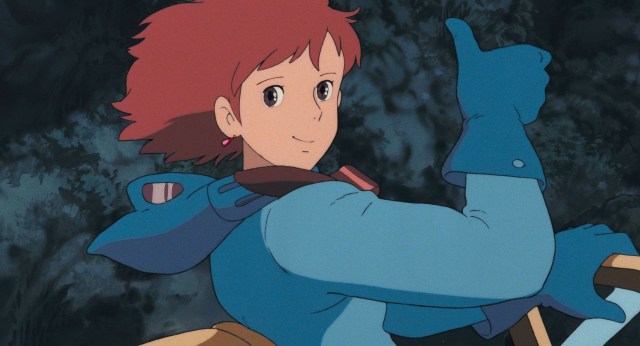
For fans of the legendary anime studio, Christmas has come early.
Christmas is still a week away, but Studio Ghibli has generously decided to give us 250 presents a week early. OK, maybe the yuletide timing is just a coincidence, but in any case, the legendary anime production house has just released its fourth and final batch of free-to-use images from its anime films, and it saved some of the best for last.
As with the previous bundles, Ghibli has made 50 high-quality stills from each movie free-to-use “for reasonable purposes.” This time, that finally includes the very first Ghibli anime, Laputa: Castle in the Sky.
Originally released in 1986, Laputa comes from a time when the anime industry as a whole, and especially the traditionally minded staff at Ghibli, were still doing essentially all of their work by hand. For artists at the top of their game, the result was lush painted backgrounds and cel coloring with a warm, organic feel to it, especially in the rendering of the floating island’s greenery.
Of course, calling Laputa “the first Ghibli anime” is somewhat open to debate. Yes, it is the first film released after the formal founding of the company, but Nausicaa of the Valley of the Wind, which premiered in 1984, was created through the passion of many of the key figures who would go on to found Ghibli.
Nausicaa is really the first theatrical work in which Hayao Miyazaki had the sort of complete directorial freedom to fully display the storytelling sensibilities and thematic elements that would become the company’s signature style.
Of course, Miyazaki isn’t the only Ghibli director, as fellow co-founder Isao Takahata’s works, such as Only Yesterday, have a charm all their own.
Only Yesterday’s artwork is particularly interesting in that when the film was released in 1991, it wasn’t a period piece. However, the then-contemporary setting looks quite different from the Japan of today, in terms of fashion, architecture, and more, making the anime a window into Japan’s recent-yet-fuzzy past for modern audiences.
The new batch of images also has two surprise inclusions, starting with The Red Turtle.
A co-production between Ghibli and French production company Wild Bunch, Ghibli’s Toshio Suzuki and Isao Takahata served as producers on the film, which was directed by Michael Dudok de Wit. As a result, cinephiles may have differing opinions on whether or not The Red Turtle qualifies as full-fledged Ghibli film or not, but the artwork, particularly the environments in which the story takes place, are frequently breathtaking.
The other surprise appearance is On Your Mark.
Unlike the theatrical features discussed above, On Your Mark was a music video for the song of the same name by J-pop stars Chage and Aska. As such, it’s only a few minutes long, but that short run time means nearly every frame is packed with visual detail, and it even manages to tell a concise yet compelling story despite having no character dialogue whatsoever.
With this fourth batch of images, Ghibli has now accounted for all of their theatrical anime so far except Grave of the Fireflies, which is the only film the studio produced which it doesn’t control the rights to. So does that mean this is the end of Ghibli’s free image generosity? Maybe, but then again not. The inclusion of On Your Mark gives us just a tiny glimmer of hope that maybe at some point in the future Ghibli might consider releasing stills from the anime shorts that play only at the Ghibli Museum in Tokyo, like the sequel to My Neighbor Totoro. In the meantime, though, we’re happy to spend time admiring the art from these films, and the new batch can be found here.
Source: Studio Ghibli
Featured image: Studio Ghibli (1, 2, 3) (edited by SoraNews24)
Top image: Studio Ghibli
Insert images: Studio Ghibli (1, 2, 3, 4, 5)
● Want to hear about SoraNews24’s latest articles as soon as they’re published? Follow us on Facebook and Twitter!
Follow Casey on Twitter, where he’s now got “On Your Mark” stuck in his head.

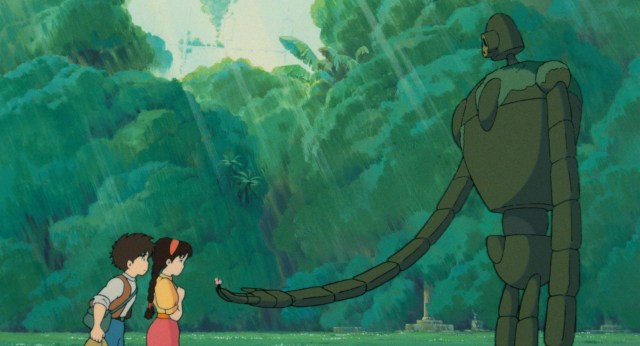
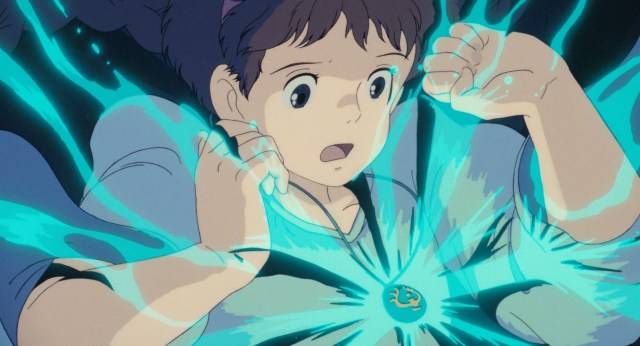
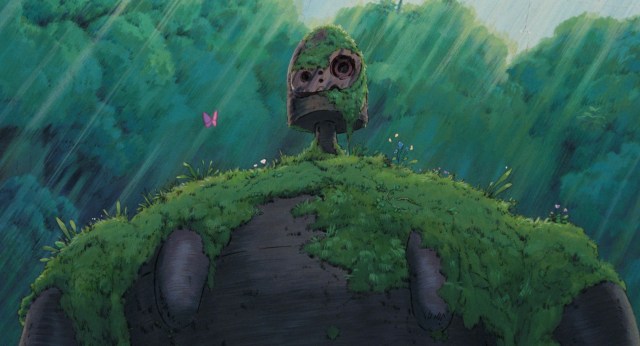
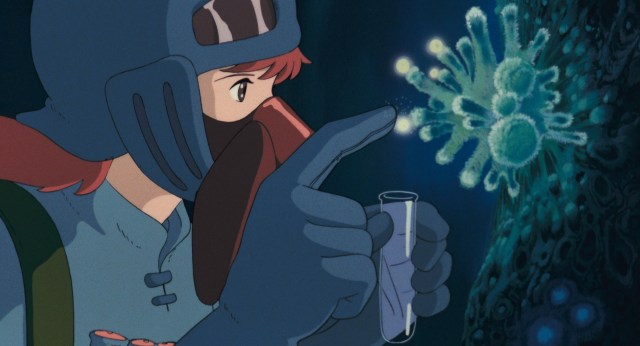
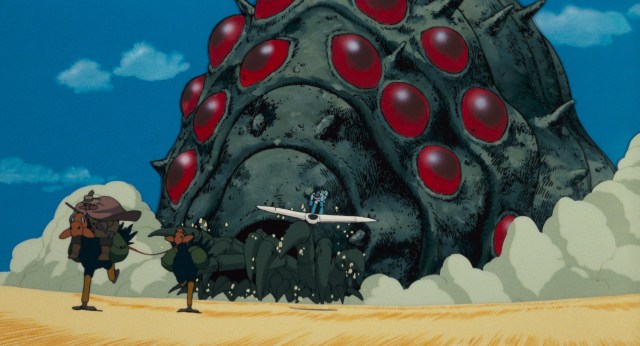
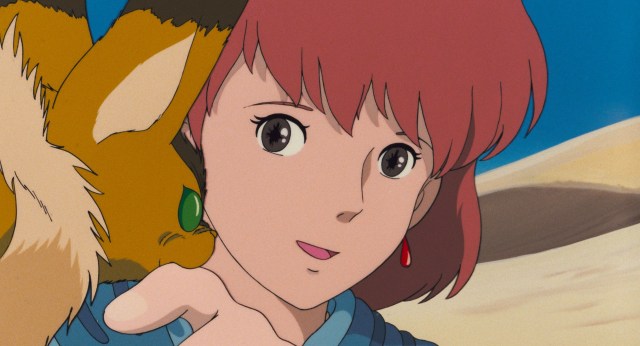
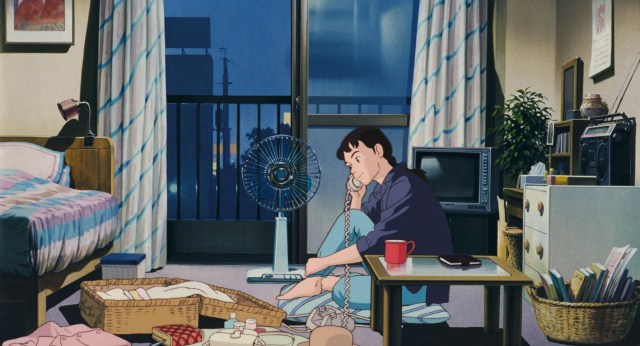
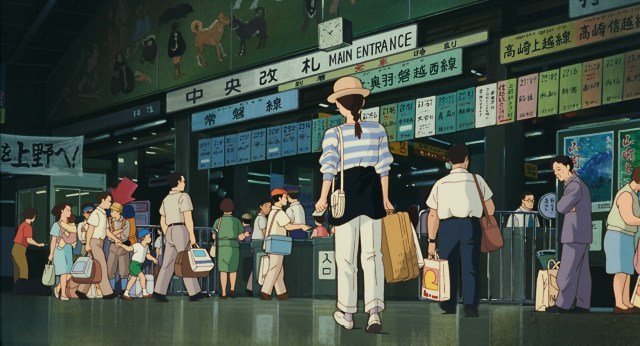
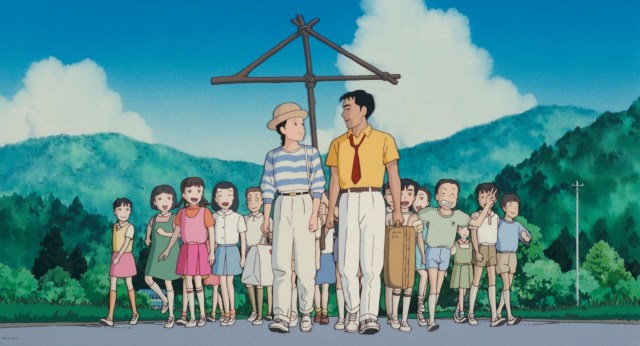
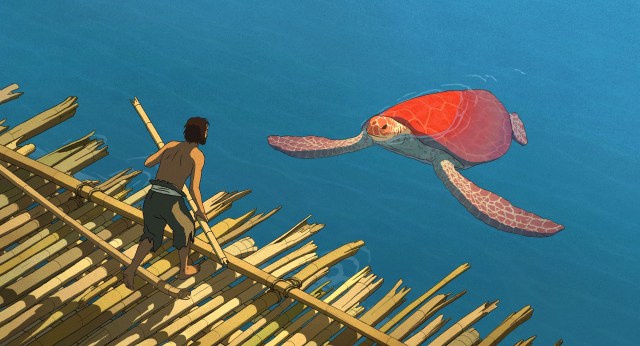
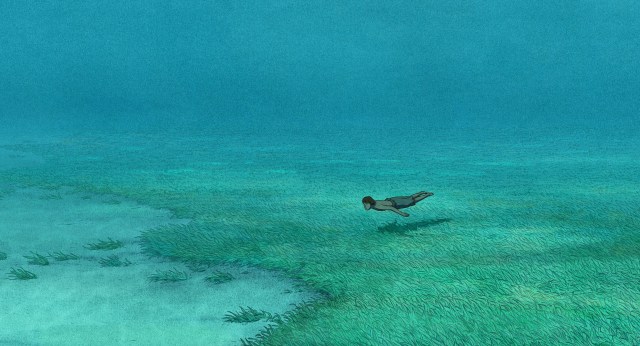
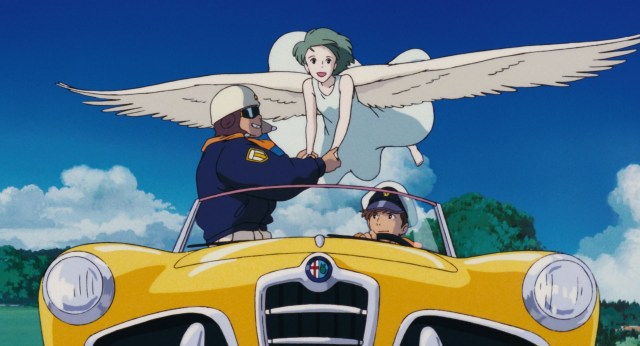
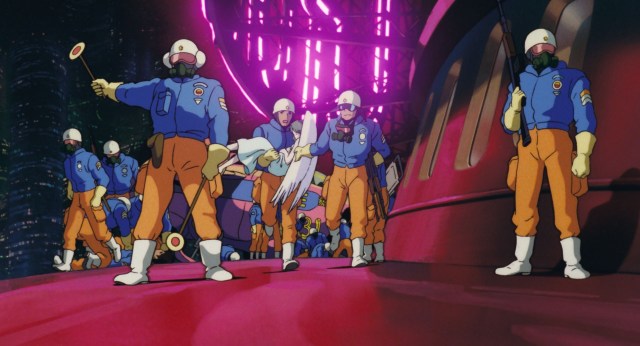
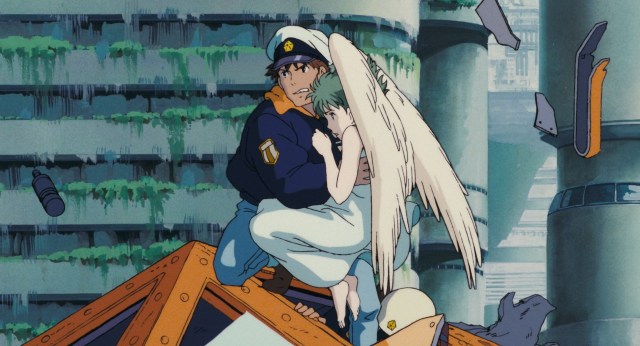
 Studio Ghibli releases 250 more free-to-download/use images from five films, and Totoro is here!
Studio Ghibli releases 250 more free-to-download/use images from five films, and Totoro is here! Studio Ghibli co-founder and anime director Isao Takahata passes away in Tokyo
Studio Ghibli co-founder and anime director Isao Takahata passes away in Tokyo Trailer for Totoro character designer’s new movie is a sampler of Ghibli’s best themes 【Video】
Trailer for Totoro character designer’s new movie is a sampler of Ghibli’s best themes 【Video】 Studio Ghibli co-founder Toshio Suzuki receives lifetime achievement honor at Annie awards
Studio Ghibli co-founder Toshio Suzuki receives lifetime achievement honor at Annie awards Japan’s new difficult-to-drink-from beer glass protects your liver, but it’s a brutal experience
Japan’s new difficult-to-drink-from beer glass protects your liver, but it’s a brutal experience How to order snacks on a Shinkansen bullet train in Japan
How to order snacks on a Shinkansen bullet train in Japan Demon Slayer: Kimetsu no Yaiba gets new roller coaster attractions and food at Universal Studios Japan
Demon Slayer: Kimetsu no Yaiba gets new roller coaster attractions and food at Universal Studios Japan New Pokémon ice cream, dessert drinks, and cool merch coming to Baskin-Robbins Japan【Pics】
New Pokémon ice cream, dessert drinks, and cool merch coming to Baskin-Robbins Japan【Pics】 Burger King Japan suddenly adds Dr. Pepper and Dr. Pepper floats to its menu nationwide
Burger King Japan suddenly adds Dr. Pepper and Dr. Pepper floats to its menu nationwide Hello, cosmetics! Clinique teams up with Hello Kitty this summer for first-time collaboration
Hello, cosmetics! Clinique teams up with Hello Kitty this summer for first-time collaboration “The most Delicious Cup Noodle in history” – Japan’s French Cup Noodle wins our heart【Taste test】
“The most Delicious Cup Noodle in history” – Japan’s French Cup Noodle wins our heart【Taste test】 To combat declining birth rate, Japan to begin offering “Breeding Visas” to foreigners
To combat declining birth rate, Japan to begin offering “Breeding Visas” to foreigners Starbucks teams up with Japanese shochu brewery for a whole new coffee experience
Starbucks teams up with Japanese shochu brewery for a whole new coffee experience Studio Ghibli releases giant Totoro plushies in Japan
Studio Ghibli releases giant Totoro plushies in Japan Nintendo history you can feel – Super NES, N64, and GameCube controllers become capsule toys
Nintendo history you can feel – Super NES, N64, and GameCube controllers become capsule toys Starbucks releases a cute Frappuccino and Unicorn Cake…but not in Japan
Starbucks releases a cute Frappuccino and Unicorn Cake…but not in Japan Kyoto Tower mascot termination reveals dark side behind cute Japanese characters
Kyoto Tower mascot termination reveals dark side behind cute Japanese characters McDonald’s Japan’s Soft Twist Tower: A phantom ice cream only sold at select branches
McDonald’s Japan’s Soft Twist Tower: A phantom ice cream only sold at select branches Yabai Ramen: What makes this Japanese ramen so dangerous?
Yabai Ramen: What makes this Japanese ramen so dangerous? Finally! Nintendo Japan expands Switch 8-bit controller sales to everybody, Online member or not
Finally! Nintendo Japan expands Switch 8-bit controller sales to everybody, Online member or not Japanese government wants to build luxury resorts in all national parks for foreign tourists
Japanese government wants to build luxury resorts in all national parks for foreign tourists 10 things you should buy at 7-Eleven in Japan
10 things you should buy at 7-Eleven in Japan Studio Ghibli releases anime heroine cosplay dresses that are super comfy to wear
Studio Ghibli releases anime heroine cosplay dresses that are super comfy to wear Woman charged for driving suitcase without a license in Osaka
Woman charged for driving suitcase without a license in Osaka Studio Ghibli unveils My Neighbour Totoro miniature house model
Studio Ghibli unveils My Neighbour Totoro miniature house model Kyoto experiencing problems with foreign tourists not paying for bus fares, but not on purpose
Kyoto experiencing problems with foreign tourists not paying for bus fares, but not on purpose Fighting mild hunger with a Japanese soda that turns into jelly in the stomach【Taste test】
Fighting mild hunger with a Japanese soda that turns into jelly in the stomach【Taste test】 Studio Ghibli’s Howl’s Moving Castle tapestry unveiled in Japan for first time
Studio Ghibli’s Howl’s Moving Castle tapestry unveiled in Japan for first time McDonald’s new Happy Meals offer up cute and practical Sanrio lifestyle goods
McDonald’s new Happy Meals offer up cute and practical Sanrio lifestyle goods Sales of Japan’s most convenient train ticket/shopping payment cards suspended indefinitely
Sales of Japan’s most convenient train ticket/shopping payment cards suspended indefinitely Sold-out Studio Ghibli desktop humidifiers are back so Totoro can help you through the dry season
Sold-out Studio Ghibli desktop humidifiers are back so Totoro can help you through the dry season Japanese government to make first change to romanization spelling rules since the 1950s
Japanese government to make first change to romanization spelling rules since the 1950s Foreigner’s request for help in Tokyo makes us sad for the state of society
Foreigner’s request for help in Tokyo makes us sad for the state of society Ghibli founders Toshio Suzuki and Hayao Miyazaki contribute to Japanese whisky Totoro label design
Ghibli founders Toshio Suzuki and Hayao Miyazaki contribute to Japanese whisky Totoro label design Doraemon found buried at sea as scene from 1993 anime becomes real life【Photos】
Doraemon found buried at sea as scene from 1993 anime becomes real life【Photos】 Tokyo’s most famous Starbucks is closed
Tokyo’s most famous Starbucks is closed Princesses, fruits, and blacksmiths: Study reveals the 30 most unusual family names in Japan
Princesses, fruits, and blacksmiths: Study reveals the 30 most unusual family names in Japan Studio Ghibli’s The Tale of Princess Kaguya nominated for Academy Award
Studio Ghibli’s The Tale of Princess Kaguya nominated for Academy Award Hayao Miyazaki’s Studio Ghibli anime are finally coming to streaming with HBO Max deal
Hayao Miyazaki’s Studio Ghibli anime are finally coming to streaming with HBO Max deal Studio Ghibli releases new free-to-use anime images to “use within the bounds of common sense”
Studio Ghibli releases new free-to-use anime images to “use within the bounds of common sense” 10 best Studio Ghibli anime, as picked by Japanese fans– Different ages have different answers
10 best Studio Ghibli anime, as picked by Japanese fans– Different ages have different answers British newspaper ranks the best Studio Ghibli films and reader passions flare
British newspaper ranks the best Studio Ghibli films and reader passions flare Hayao Miyazaki’s The Boy and the Heron nominated for Academy Award
Hayao Miyazaki’s The Boy and the Heron nominated for Academy Award Studio Ghibli receives honorary Palme d’Or at Cannes Film Festival 【Videos】
Studio Ghibli receives honorary Palme d’Or at Cannes Film Festival 【Videos】 Hayao Miyazaki Working on Proposed New Anime Feature Film
Hayao Miyazaki Working on Proposed New Anime Feature Film Top 5 Studio Ghibli films Japanese viewers are tired of watching
Top 5 Studio Ghibli films Japanese viewers are tired of watching Studio Ghibli releases beautiful color vinyl record anime soundtrack series, available now【Pics】
Studio Ghibli releases beautiful color vinyl record anime soundtrack series, available now【Pics】 Ghibli producer provokes backlash for comment regarding abilities of women to direct anime
Ghibli producer provokes backlash for comment regarding abilities of women to direct anime Studio Ghibli announces release date for Hayao Miyazaki’s new anime movie, releases key art
Studio Ghibli announces release date for Hayao Miyazaki’s new anime movie, releases key art Hayao Miyazaki has secret concept for next anime, considers all animators his rivals, son says
Hayao Miyazaki has secret concept for next anime, considers all animators his rivals, son says Studio Ghibli theme park launches official website
Studio Ghibli theme park launches official website Studio Ghibli producer dishes the dirt on Hayao Miyazaki, Your Name, and their next big project
Studio Ghibli producer dishes the dirt on Hayao Miyazaki, Your Name, and their next big project
Leave a Reply